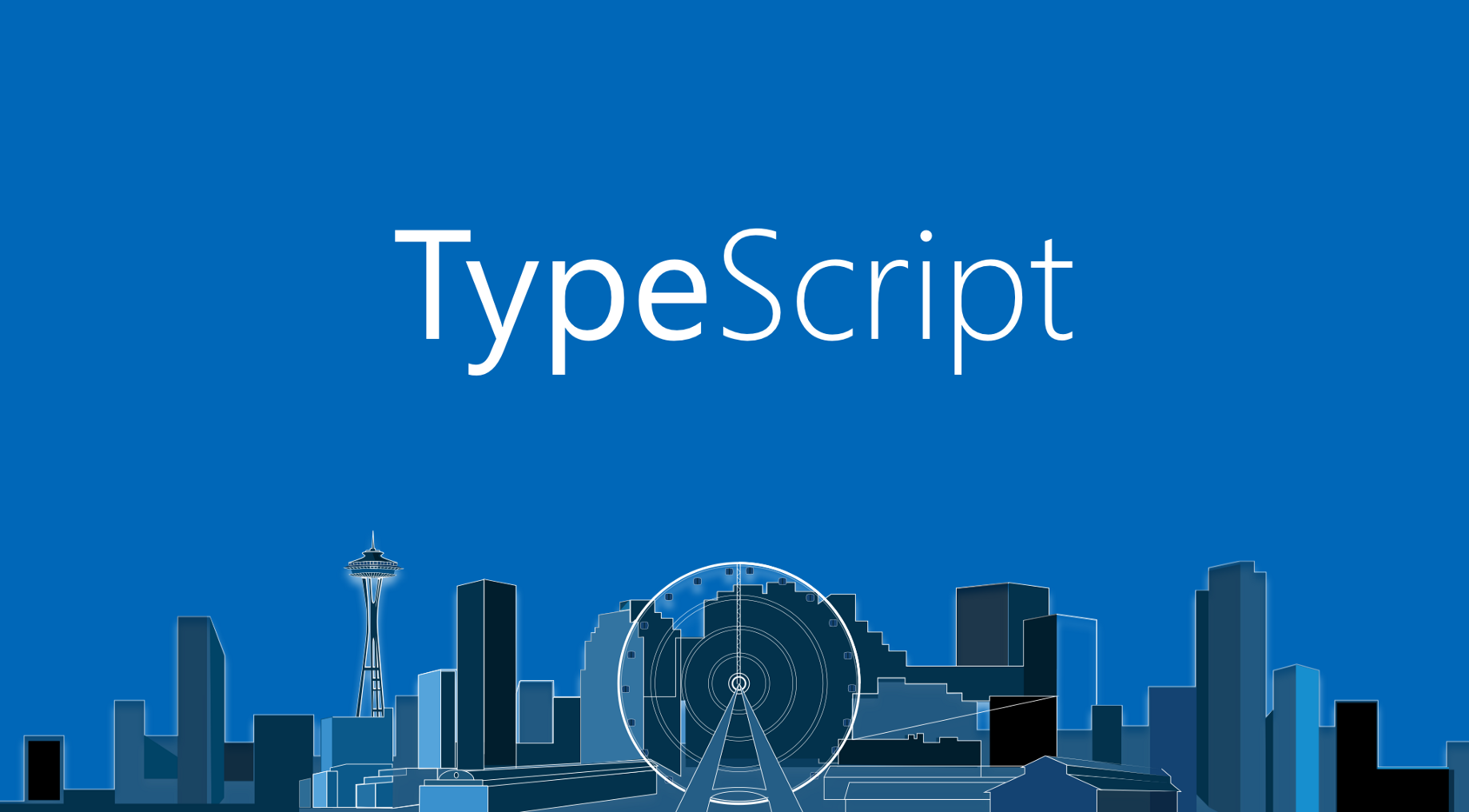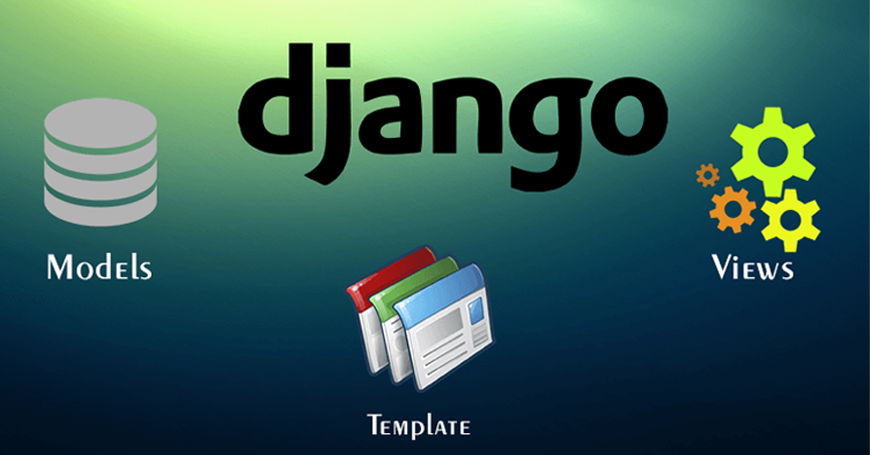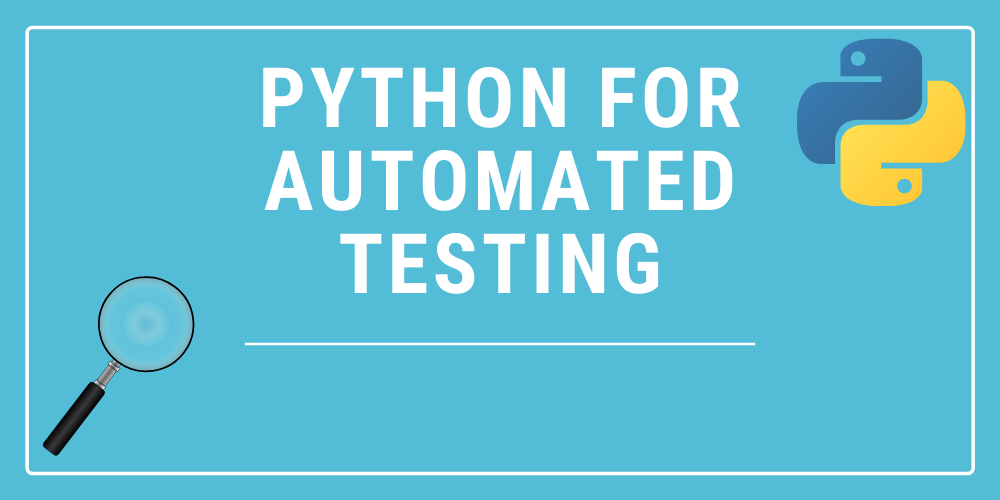What is Blockchain Technology?
Blockchain technology is a revolutionary system that enables the secure and transparent recording of data across a decentralized network of computers. It operates as a distributed digital ledger, where data is stored in "blocks" that are linked together in a "chain." This structure ensures data integrity and security through cryptographic hashing. Each block contains a list of transactions, and once added to the chain, the information cannot be altered, making blockchain an immutable and tamper-proof record-keeping system.
The technology gained prominence through its use in cryptocurrencies like Bitcoin and Ethereum, but its potential extends far beyond digital currencies to include applications in various industries such as finance, healthcare, supply chain management, and more.

Why is Blockchain Technology Important?
Blockchain's significance lies in its ability to address several key challenges related to data security, transparency, and efficiency. Here’s why it's important:
Decentralization: Unlike traditional databases that rely on a central authority, blockchain operates on a peer-to-peer network, eliminating single points of failure.
Enhanced Security: Data stored on the blockchain is encrypted, and its decentralized nature makes it nearly impossible for hackers to alter information.
Transparency: All participants on the network have access to the same data, fostering trust and reducing the risk of fraud.
Cost Efficiency: By removing intermediaries, blockchain can significantly lower transaction costs and streamline processes.
Key Features of Blockchain Technology
Decentralization - Data is stored across multiple nodes in the network, making it more secure and less vulnerable to outages or attacks.
Immutability - Once a block is added to the blockchain, it cannot be modified or deleted, ensuring a permanent and unalterable record.
Transparency - The entire blockchain is available for anyone on the network to view, providing a verifiable and auditable trail of all transactions.
Consensus Mechanisms - Blockchain uses algorithms like Proof of Work (PoW), Proof of Stake (PoS), or Delegated Proof of Stake (DPoS) to validate transactions and achieve agreement across the network.
Smart Contracts - These are self-executing contracts with predefined rules coded directly into the blockchain, automatically carrying out terms without the need for intermediaries.
Types of Blockchain Technology
Public Blockchain
An open and permission less network where anyone can participate and view the data. Examples include Bitcoin and Ethereum.
Use cases: Cryptocurrency transactions, public data verification.
Private Blockchain
A closed network where access is restricted to certain participants. Typically used by organizations for internal purposes.
Use cases: Enterprise data management, internal transactions.
Consortium Blockchain
A semi-decentralized network managed by a group of organizations rather than a single entity.
Use cases: Inter-organizational collaboration in industries like banking or supply chain.
Hybrid Blockchain
Combines elements of both public and private blockchains, allowing for controlled access while still benefiting from some public network features.
Use cases: When transparency and privacy need to be balanced, such as in healthcare records.
Benefits of Blockchain Technology
Enhanced Security -The combination of encryption and decentralization significantly reduces the risk of fraud and unauthorized data alterations.
Cost Reduction - By removing intermediaries and automating processes (e.g., smart contracts), businesses can reduce transaction and administrative costs.
Improved Efficiency - Blockchain streamlines workflows by reducing the time needed for traditional verification processes.
Traceability - Blockchain provides an unalterable record of transactions, making it easier to trace the history of assets, whether they are physical products or digital files.
Trust Building - The transparency and immutability of blockchain increase trust among participants, as all changes are verifiable and permanent.
Applications of Blockchain Technology
Cryptocurrency - Blockchain is the backbone of digital currencies like Bitcoin and Ethereum, enabling secure and decentralized transactions.
Supply Chain Management - Provides real-time tracking of goods, ensuring transparency and reducing fraud in logistics.
Finance and Banking - Facilitates cross-border payments, reduces settlement times, and enhances security in financial transactions.
Healthcare - Protects patient data, allows secure data sharing among healthcare providers, and ensures data integrity.
Real Estate - Simplifies property transactions by providing a transparent and tamper-proof record of ownership and transfer.
Voting Systems - Enables secure, transparent, and tamper-proof voting processes, ensuring election integrity.
Intellectual Property - Protects digital rights and ensures that creators are fairly compensated by providing a transparent record of ownership.
Challenges of Blockchain Technology
While blockchain technology offers many benefits, it is not without challenges:
Scalability Issues: As the number of transactions increases, the network may experience slowdowns.
Energy Consumption: Some consensus mechanisms, like Proof of Work, consume a large amount of energy.
Regulatory Concerns: The legal status of blockchain applications, especially in cryptocurrency, varies across countries.
Conclusion
Blockchain technology is a transformative innovation that goes beyond its initial use case in cryptocurrencies. Its ability to provide secure, transparent, and efficient solutions has far-reaching implications across various industries. As blockchain continues to evolve, it will play an increasingly important role in shaping the future of digital transactions and data management.

.jpg)

_(1).jpg)
_(2).jpg)
.jpg)

_(1).jpg)

.jpg)
.jpg)
.jpg)
.jpg)


.jpg)
_(1).jpg)
.jpg)
.jpg)


_(1).png)

.png)

1.png)
































4.png)









0 Replies to “What Is Blockchain Technology ?”
Leave a Reply
Your email address will not be published.